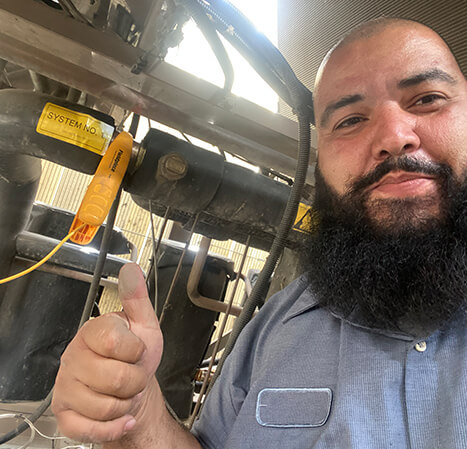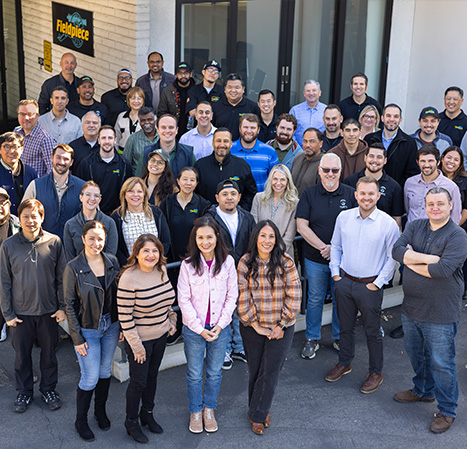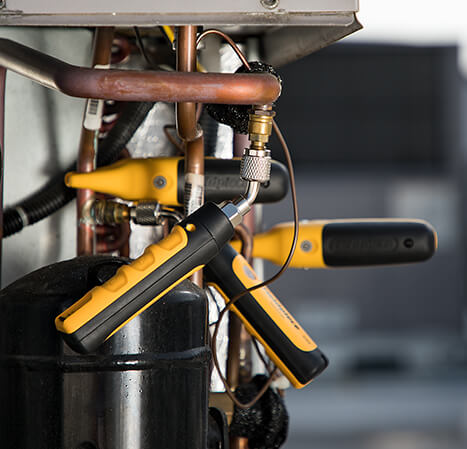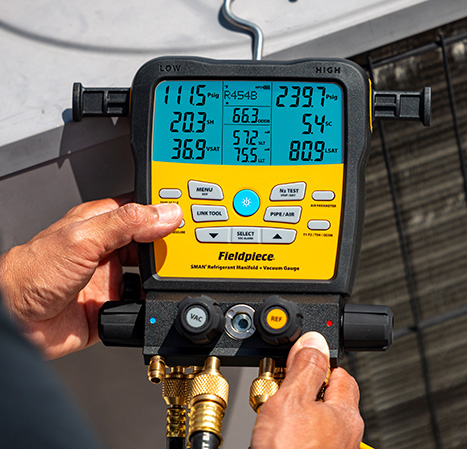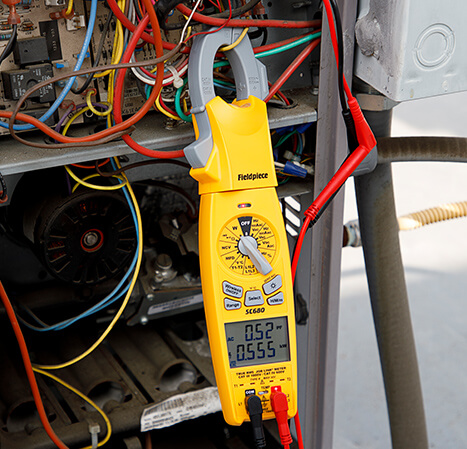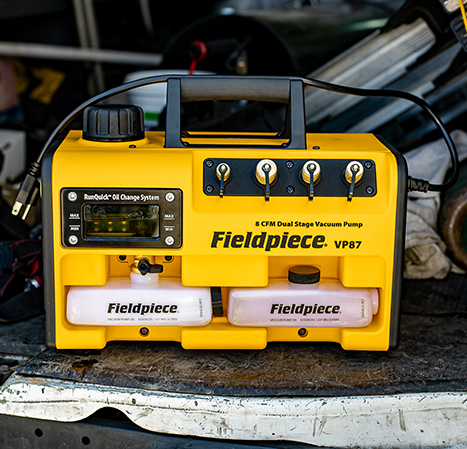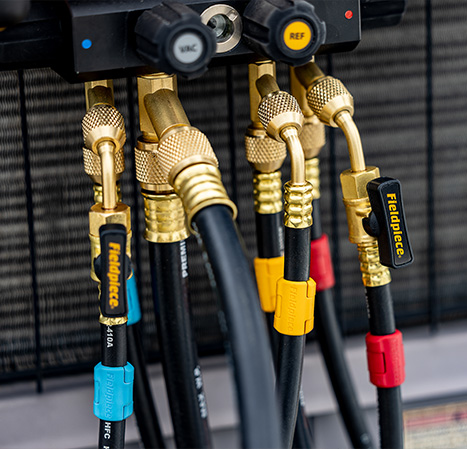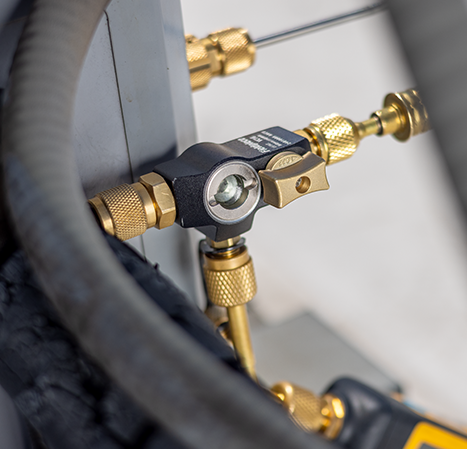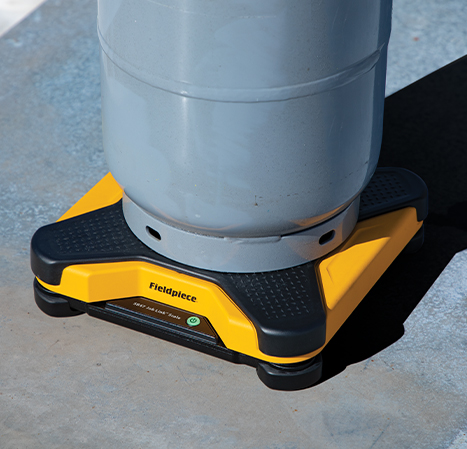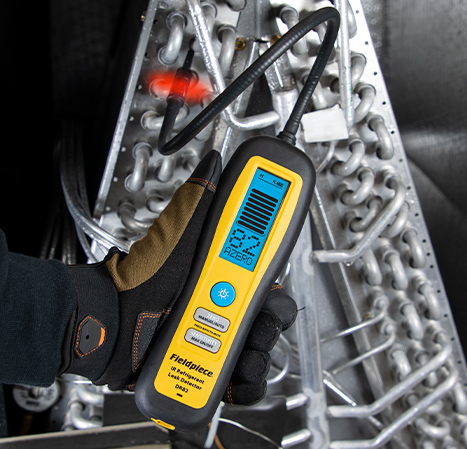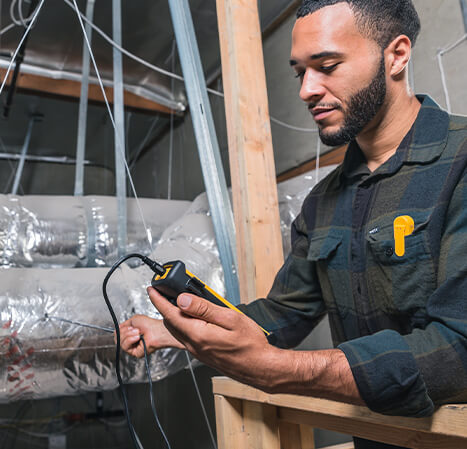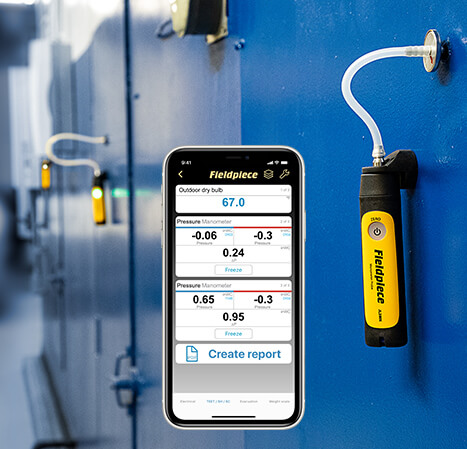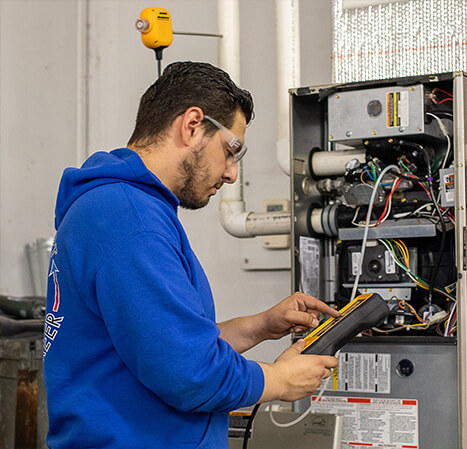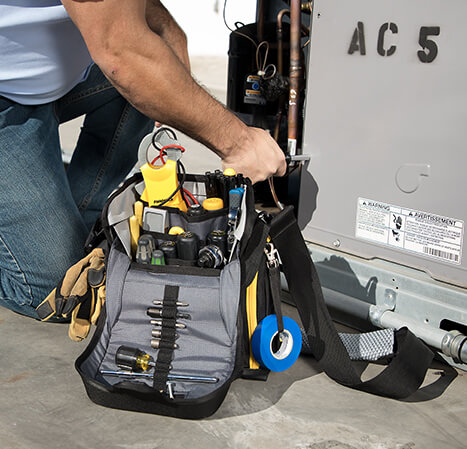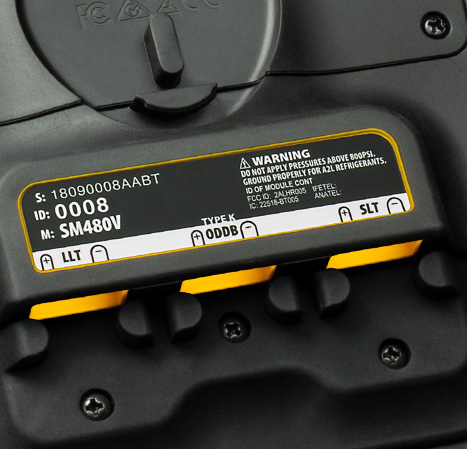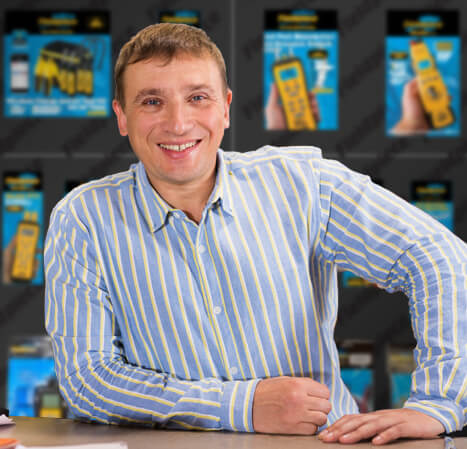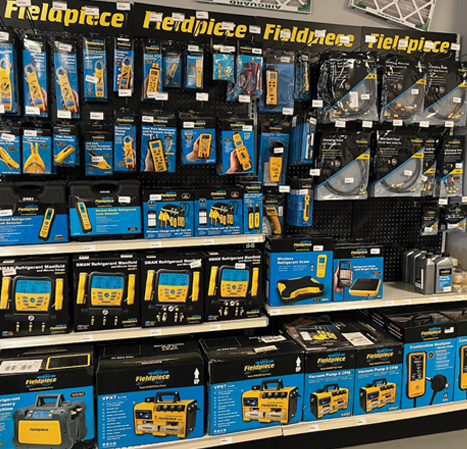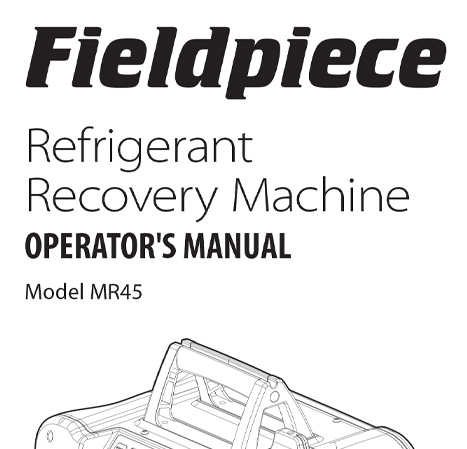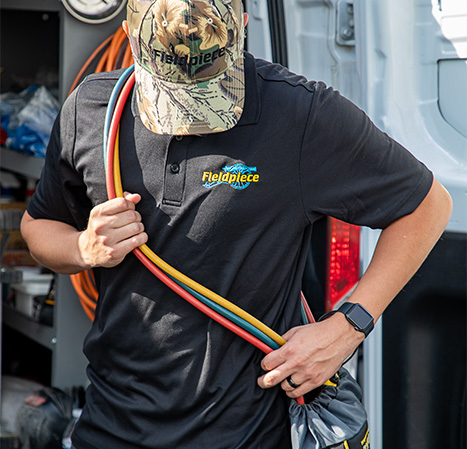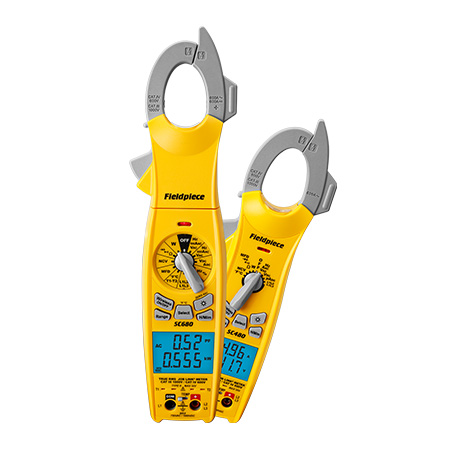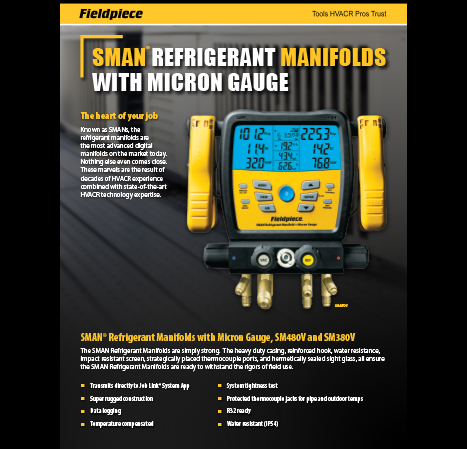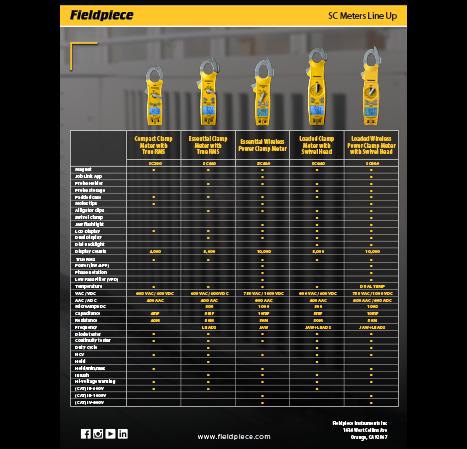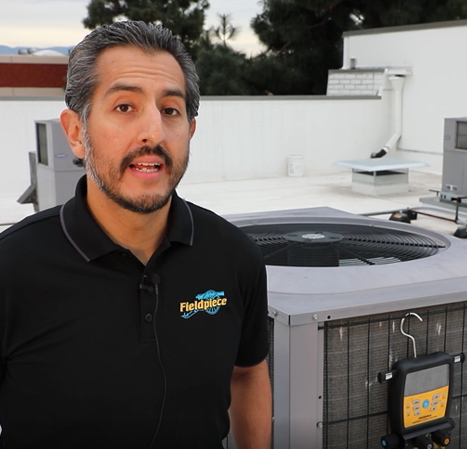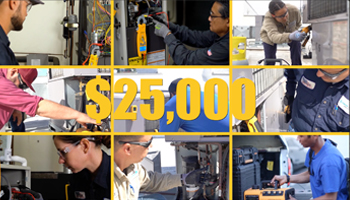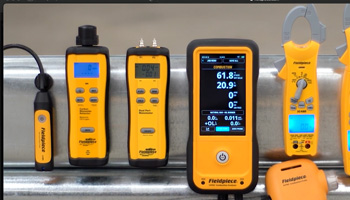As we look to the new year, the landscape of the HVACR industry continues to evolve and change in new ways. Expected shifts come from new innovations in technology, market needs for greener products, an unpredictable global economy, supply chain issues and shifting energy demands—all of which promise to make 2023 a very exciting year.
The economy
Let’s start with inflation, a global recession and a supply chain that continues to struggle after the pandemic. Hopefully, as the pace of inflation eases throughout the year and the job market continues to be robust, this should help the economy continue its upward movement, improving construction numbers and the HVACR industry in general. However, even if the economy dips, existing systems will still need maintenance, so service and maintenance calls are going to continue to drive the growth of our business.
Going green
Something else driving our industry is decarbonization. This push accelerating throughout the world of HVACR is driven by climate change, the insecurity of world energy supplies and new legislation, like the Inflation Reduction Act. New heat pump technology could help customers move away from using fossil fuels to heat their homes – and big tax incentives are driving their implementation. This movement also encourages homeowners and businesses to retrofit existing systems to meet new standards. As HVACR technicians, staying current with these advances is critical.
Living healthy
Residential and commercial customers are asking for healthier, energy-efficient homes and buildings. They care about the comfort of their homes and their businesses, but they’re also focused on the well-being of the planet. As a result, they’re investing in systems and technologies that optimize energy use. In addition, the pandemic brought wellness, ventilation, air quality, thermal health and humidity to the forefront. All of this is going to shape our industry over the coming year.
New technology
As we move towards using more sustainable components and refrigerants in our systems, technology and innovation are both going to be key drivers. Throughout the last decade, we’ve witnessed the segment’s most significant technological revolution. We’re seeing new electronic tools, cloud-based solutions, higher efficiency ratings, mini-splits systems, new codes and new control strategies driving product development and helping HVACR systems deliver new solutions for customers. As HVACR technicians, we need to stay ahead of these advances which have the potential to transform how HVACR professionals are trained and how we do our jobs.
Welcome to the new HVACR industry
It’s an exciting time to be part of an industry that benefits so many people every day. At Fieldpiece, we’re looking forward to developing the new tools that help HVACR techs install, diagnose and repair these evolving and ever more innovative systems. We’ll keep current of all the latest trends and help ensure that your tools are ready for the jobs to come!
 English
English French
French Spanish
Spanish

